DIY Home Office Decor to Boost Productivity
In today's fast-paced world, working from home has become more common than ever. However, creating a productive workspace can be a challenge. The good news? You can transform your home office into a sanctuary of productivity without breaking the bank. With a sprinkle of creativity and a dash of personal flair, you can craft an environment that not only motivates you but also makes you feel right at home.
Imagine stepping into your home office and feeling an instant rush of inspiration. The colors on the walls, the arrangement of your desk, and even the little decorations you choose can all play a significant role in how you feel while working. This article explores creative and budget-friendly decor ideas that can enhance your home office environment, fostering productivity and motivation while making your workspace aesthetically pleasing.
Let's dive into some practical tips and tricks that will help you create a space that not only looks good but also feels good. From selecting the right color palette to incorporating natural elements, every detail counts when it comes to boosting your productivity. So, grab your favorite beverage, roll up your sleeves, and let's get started on this exciting journey of DIY home office decor!
The colors in your home office can greatly affect your mood and productivity. Have you ever noticed how certain colors make you feel more energized, while others might leave you feeling calm and relaxed? Discovering the right color scheme can be a game changer! For instance, blues and greens are known to promote focus and tranquility, while yellows can stimulate creativity and energy.
When selecting a color palette, consider the following:
- Personal Preference: Choose colors that resonate with you personally.
- Room Size: Lighter colors can make a small space feel larger, while darker shades can add warmth to a bigger room.
- Lighting: Test colors in different lighting conditions to see how they change throughout the day.
Investing in ergonomic furniture is crucial for comfort and productivity. After all, if you're not comfortable, how can you expect to focus? Ergonomic chairs, desks, and accessories are designed to support your posture and enhance your work experience. They help prevent strain and discomfort, allowing you to work longer and more effectively.
When it comes to desks, the options are endless! Whether you have a small nook or a spacious room, there's a desk design that will fit perfectly. Consider your personal style and the functionality you need. Here are a few ideas:
- Compact Desks: Perfect for small spaces, these desks can fit snugly against a wall.
- L-Shaped Desks: Great for corner spaces, providing ample surface area for your work.
- Floating Desks: These save floor space and add a modern touch to your office.
Standing desks are gaining popularity for their health benefits. They can help reduce back pain and increase energy levels. However, they aren't for everyone. Weigh the advantages and disadvantages to determine if this option suits your work habits. For instance, if you find yourself feeling fatigued after standing for long periods, a standing desk might not be the best fit for you.
Discover furniture that serves multiple purposes, maximizing space while keeping your office organized and efficient. For example, a desk that doubles as a bookshelf can save valuable space while also providing storage for your books and supplies. Look for pieces that can adapt to your needs, allowing you to switch things up as your work evolves.
Adding personal touches to your office can inspire creativity. Learn how to incorporate decor that reflects your personality and motivates you. Think about displaying your favorite artwork, photographs, or even a vision board that keeps your goals in sight. These elements not only make your workspace feel more inviting but also remind you of what you're working towards.
Bringing nature indoors can enhance your mood and productivity. Studies have shown that having plants in your workspace can reduce stress and increase focus. Consider adding a few potted plants or even a small indoor garden. You’ll be amazed at how much more energized you feel with a touch of greenery around!
Not all plants thrive indoors. Discover which varieties are best suited for your office and how they can improve air quality and aesthetics. Some excellent choices for indoor plants include:
- Snake Plant: Low maintenance and great for air purification.
- Pothos: A hardy plant that thrives in various lighting conditions.
- Spider Plant: Known for its air-purifying abilities and easy care.
Maximizing natural light and fresh air can boost your productivity. Learn tips for arranging your office to take advantage of these elements. Position your desk near a window to soak in the sunlight, and don’t forget to open those windows for a breath of fresh air. A well-ventilated space not only feels good but also keeps your mind sharp and focused.
Keeping your workspace organized is essential for maintaining focus. Explore various tools and strategies to declutter and streamline your home office. Invest in organizers, file cabinets, and shelves that can help you keep everything in its place. A tidy workspace can lead to a tidy mind, allowing you to concentrate on what truly matters—your work!
Limited space doesn't mean limited organization. Discover innovative storage solutions that fit seamlessly into smaller home offices. Consider using vertical storage options, such as wall-mounted shelves or pegboards, to maximize your space without sacrificing style.
Effective digital organization can enhance productivity. Learn about tools and techniques to keep your digital workspace tidy and efficient. Utilize cloud storage, project management apps, and digital calendars to keep track of tasks and deadlines. A well-organized digital space can significantly reduce stress and improve your workflow.
Q: How can I make my home office more comfortable?
A: Invest in ergonomic furniture, add personal touches, and ensure proper lighting and ventilation.
Q: What colors are best for a productive workspace?
A: Blues and greens promote focus, while yellows can stimulate creativity. Choose what resonates with you!
Q: How do I keep my home office organized?
A: Use storage solutions, declutter regularly, and implement digital organization strategies to maintain a tidy workspace.
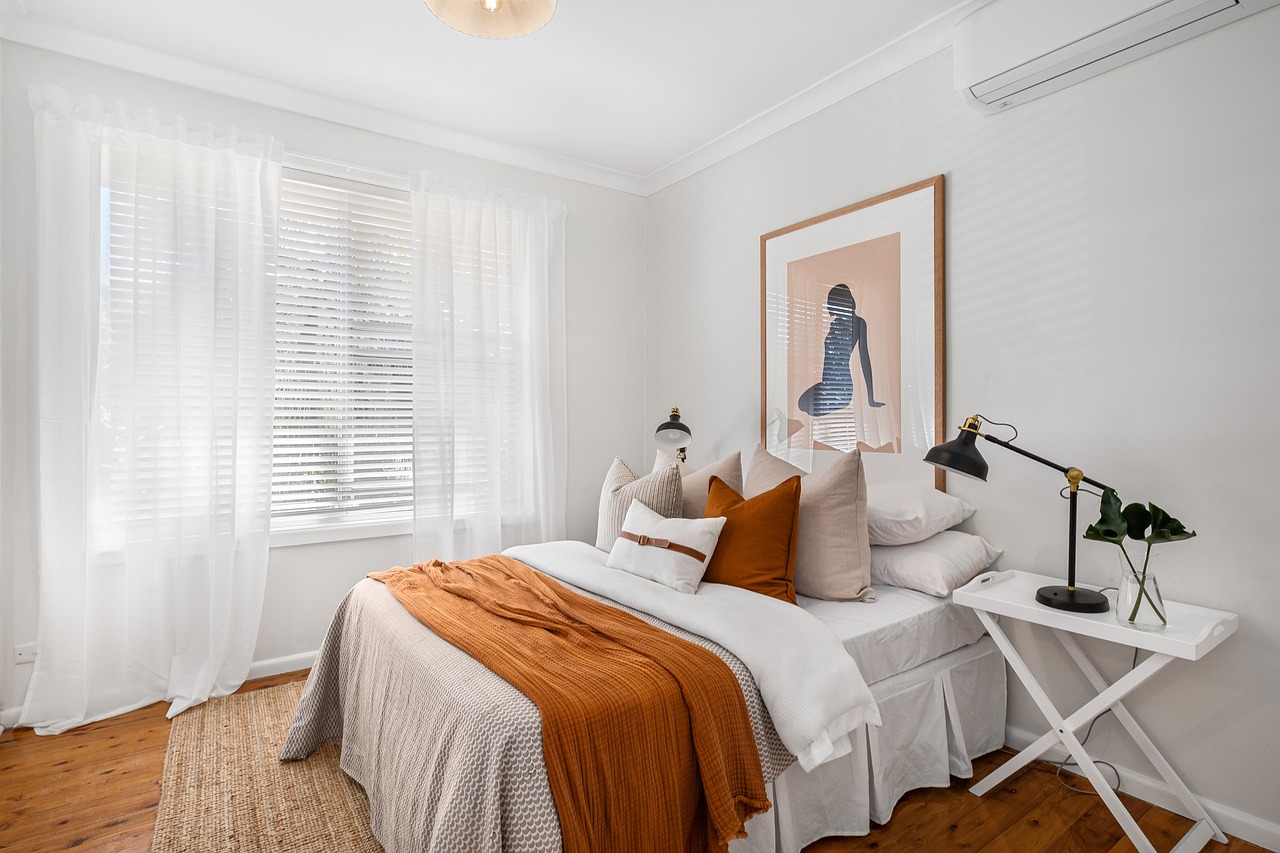
Choosing the Right Color Palette
The colors in your home office can greatly affect your mood and productivity. Imagine walking into a space that feels as invigorating as a fresh cup of coffee on a Monday morning or as calming as a serene beach at sunset. The right color palette can help you achieve that perfect balance. So, how do you select a color scheme that promotes focus and creativity? It's easier than you think!
First, consider the psychological effects of colors. For instance, blue is known to evoke feelings of calmness and stability, making it a fantastic choice for tasks that require concentration. On the other hand, yellow can stimulate creativity and energy, perfect for brainstorming sessions. If you want to create a sense of balance, green is an excellent option, as it symbolizes nature and can reduce stress. Here’s a quick breakdown of colors and their impacts:
| Color | Effect |
|---|---|
| Blue | Calmness and focus |
| Yellow | Creativity and energy |
| Green | Balance and reduced stress |
| Red | Excitement and urgency |
| Gray | Neutrality and sophistication |
When choosing your color palette, think about how you want to feel in your workspace. Do you need a burst of energy to tackle that daunting project? Or perhaps a soothing backdrop to help you focus? You might even consider using a combination of colors to create different zones within your office. For example, a vibrant yellow accent wall could energize a corner dedicated to creative tasks, while a calming blue could dominate your main work area.
Another important aspect to consider is the amount of natural light your office receives. A bright, sunlit room can handle bolder colors without overwhelming the senses, while a dimly lit space might benefit from lighter, more reflective shades to make it feel airy and open. If you're working with limited light, consider incorporating light pastels or whites to keep the atmosphere uplifting.
Don't forget about the furniture and decor! Your color choices should harmonize with your existing pieces. If you have dark wood furniture, for instance, pairing it with lighter wall colors can create a stunning contrast that draws the eye. You can also use accessories like cushions, artwork, and rugs to tie the color scheme together, making your office feel cohesive and well thought out.
Lastly, test your colors before committing. Paint small swatches on your walls and observe how they change throughout the day with varying light. This simple step can save you from making costly mistakes and ensure your office is a place where you feel motivated and inspired.
In conclusion, choosing the right color palette for your home office is about more than just aesthetics; it's about creating an environment that enhances your productivity and mood. So, take the time to explore your options, and don't be afraid to get creative. After all, your office should be a reflection of you!

Ergonomic Furniture Essentials
When it comes to creating a home office that not only looks good but also boosts your productivity, ergonomic furniture is a game changer. Imagine sitting in a chair that cradles your back just right, allowing you to focus on your tasks rather than on discomfort. Investing in ergonomic furniture is crucial for your comfort and overall productivity. It's like giving your body a supportive hug while you work! So, what should you consider when choosing ergonomic pieces for your workspace?
First off, let’s talk about chairs. An ergonomic chair is designed to support your spine's natural curve, providing lumbar support that is essential for long hours of sitting. Look for adjustable features, such as seat height, armrests, and backrest angle, which can be tailored to your body. This way, you can find that sweet spot where comfort meets functionality. A great chair not only enhances your posture but also keeps you energized and focused throughout the day.
Next up is your desk. The height of your desk can significantly impact your posture. Ideally, your elbows should be at a 90-degree angle when typing, and your screen should be at eye level. This is where standing desks come into play. They allow you to alternate between sitting and standing, promoting better circulation and reducing fatigue. However, standing desks come with their own pros and cons. For instance, while they can help alleviate back pain, standing for too long can lead to discomfort in your legs. It’s all about finding the right balance for your work habits.
There are various desk designs available to cater to different room sizes and personal styles. If you have a compact space, consider a corner desk that utilizes otherwise wasted space. Alternatively, a floating desk can create an open feel while still providing essential workspace. For those who love a modern look, a glass desk can add a touch of elegance while remaining functional. Regardless of your choice, ensure that the desk height aligns with your seating to maintain ergonomic standards.
Standing desks are certainly gaining popularity for their potential health benefits. They can help reduce the risk of weight gain and obesity, lower blood sugar levels, and may even lower your risk of heart disease. However, they aren't without their drawbacks. Standing for extended periods can lead to discomfort in your feet and legs. It's essential to listen to your body and incorporate movement throughout your day. Consider using an anti-fatigue mat to provide cushioning and support while standing.
In today’s world, where space can be at a premium, multi-functional furniture is a fantastic solution. Think about a desk that doubles as a bookshelf or a chair that can transform into a guest bed. This not only maximizes your space but also keeps your office organized and efficient. You can have a stylish and functional workspace without sacrificing aesthetics for practicality. Remember, the goal is to create a space where you feel inspired and productive!
In conclusion, investing in ergonomic furniture is not just about comfort; it's about creating an environment that encourages productivity and well-being. By carefully selecting your chair, desk, and other furnishings, you can transform your home office into a space that supports your work habits and enhances your overall experience. So, why not take the plunge and upgrade your workspace? Your body will thank you, and your productivity will soar!
Q: What are the main benefits of using ergonomic furniture?
A: Ergonomic furniture helps improve posture, reduces discomfort, and enhances productivity by providing proper support to your body while working.
Q: How do I know if my chair is ergonomic?
A: An ergonomic chair should have adjustable height, lumbar support, and armrests. It should allow you to sit comfortably with your feet flat on the floor and your knees at a 90-degree angle.
Q: Are standing desks better than traditional desks?
A: Standing desks can offer health benefits, such as reducing back pain and increasing energy levels. However, it's essential to alternate between sitting and standing to avoid discomfort.
Q: What should I look for in a desk if I have a small space?
A: Look for desks that are compact, such as corner desks or floating desks, which can save space while still providing a functional workspace.

Desk Options for Every Space
When it comes to creating a productive home office, the desk you choose plays a pivotal role. It’s not just a surface to place your laptop; it’s the heart of your workspace. Selecting the right desk can transform your productivity levels and make your work experience more enjoyable. Whether you have a spacious room or a compact corner, there are desk options that cater to every space and style.
For those working with limited square footage, consider a wall-mounted desk. This option allows you to free up floor space while providing a dedicated area for your work. It’s perfect for small apartments or homes where every inch counts. You can easily fold it away when not in use, keeping your space neat and tidy. Imagine having a desk that disappears when you finish your workday—how liberating is that?
If you have a bit more room to play with, a corner desk can be a game-changer. Utilizing the corners of your room helps maximize space while offering ample surface area for your computer, books, and other essentials. Plus, it creates a cozy nook where you can focus without distractions. You might even find that being tucked away in a corner helps you concentrate better, much like a cat curled up in a sunbeam.
For those who prefer a more traditional setup, a rectangular desk is always a reliable choice. Available in various sizes and styles, it can fit seamlessly into any decor. Opt for one with built-in storage to keep your workspace organized. A desk with drawers can be your best friend, allowing you to stash away all those little items that tend to clutter your surface. After all, a clean desk is a clean mind!
Now, let’s not forget about the standing desk craze. These desks are designed to allow you to alternate between sitting and standing, promoting better posture and reducing the risks associated with prolonged sitting. Standing desks come in various styles, including adjustable ones that let you switch heights with ease. However, it’s essential to consider the pros and cons before making the leap. While they can boost energy levels, some users might find them tiring after long periods. So, think about your work habits and whether a standing desk aligns with them.
Lastly, if you’re looking for versatility, consider a multi-functional desk. These desks often include features like built-in shelves, foldable sections, or even integrated charging ports. They can adapt to your changing needs, whether you want to host a video call, spread out documents, or simply enjoy a cup of coffee while working. A multi-functional desk can be likened to a Swiss Army knife—it’s all about having the right tool for the job!
In summary, choosing the right desk is crucial for creating an efficient and inspiring workspace. Here’s a quick overview of the options:
| Desk Type | Best For | Key Features |
|---|---|---|
| Wall-Mounted Desk | Small Spaces | Space-saving, foldable |
| Corner Desk | Maximizing Space | Cozy nook, ample surface area |
| Rectangular Desk | Traditional Setup | Variety of sizes, built-in storage |
| Standing Desk | Health-Conscious Users | Height adjustable, promotes better posture |
| Multi-Functional Desk | Versatile Needs | Integrated features, adaptable |
Choosing the right desk is not just about aesthetics; it’s about creating a space where you can thrive. So, take your time, consider your needs, and make a choice that will enhance your productivity and comfort. After all, your desk is where the magic happens!
1. What type of desk is best for small spaces?
A wall-mounted desk or a corner desk is ideal for small spaces as they maximize area without compromising on functionality.
2. Are standing desks worth it?
Standing desks can be beneficial for posture and energy levels, but it’s essential to alternate between sitting and standing to avoid fatigue.
3. How can I keep my desk organized?
Utilizing storage solutions like drawers, organizers, and trays can help keep your desk tidy. Regularly decluttering is also key!
4. What features should I look for in a multi-functional desk?
Look for desks with built-in storage, adjustable heights, and additional features like charging ports to enhance versatility.
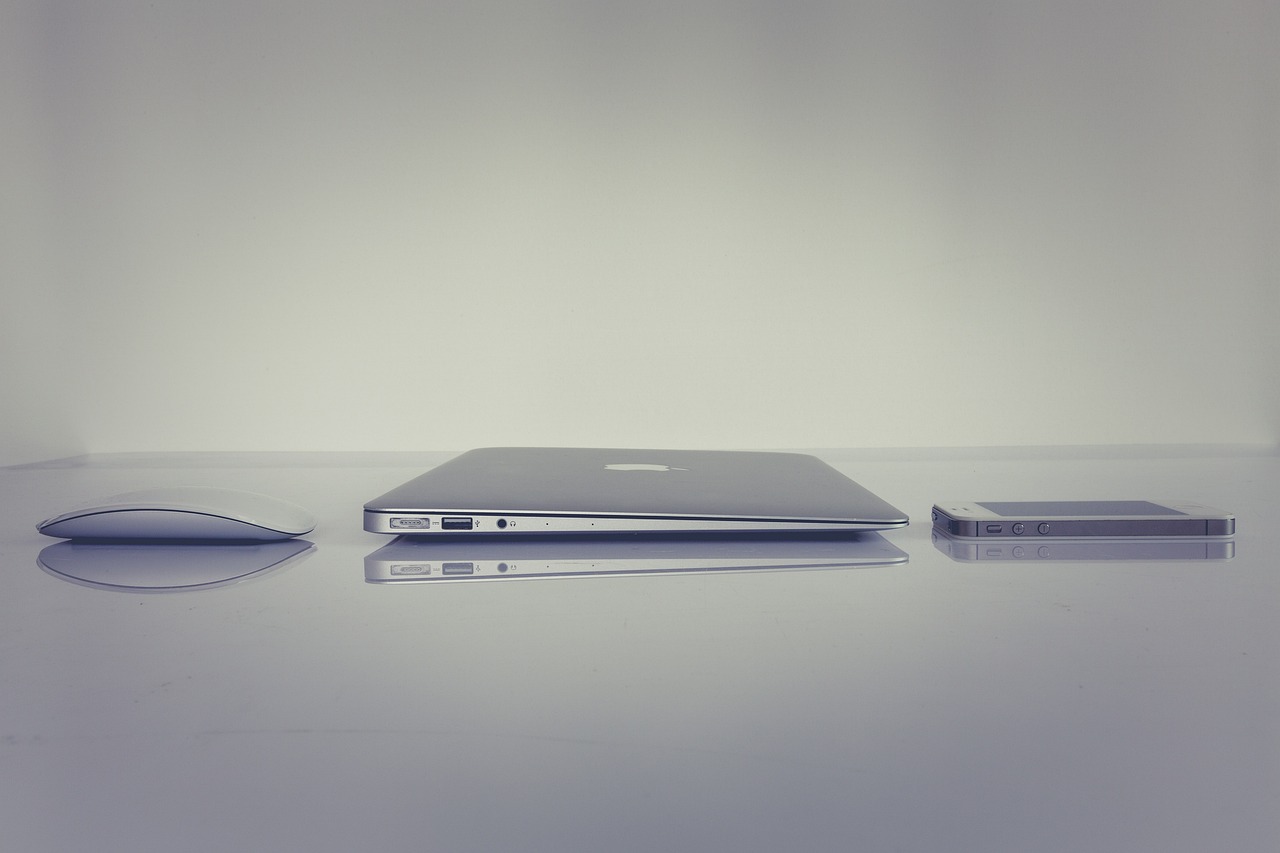
Standing Desks: Pros and Cons
Standing desks have taken the home office world by storm, and it's easy to see why. They promise a plethora of benefits, from improved posture to increased energy levels. But before you jump on the standing desk bandwagon, it's crucial to weigh the pros and cons to make an informed decision that suits your work habits.
Let's start with the pros. One of the most significant advantages of a standing desk is the potential for enhanced posture. When you stand, you're less likely to slouch compared to sitting for prolonged periods. This can lead to a decrease in back pain, which is a common complaint among desk workers. Furthermore, standing desks can help boost your energy levels. Many users report feeling more alert and focused when they work while standing, which can translate to increased productivity. Imagine tackling your to-do list with the vigor of a marathon runner instead of the lethargy of a couch potato!
Another notable benefit is the potential for caloric burn. Standing burns more calories than sitting, which can be a game-changer if you're looking to maintain or lose weight. In fact, studies suggest that standing for an additional three hours a day can burn around 30,000 extra calories a year—equivalent to about 8 pounds! Who knew your desk could double as a weight-loss tool?
However, it's not all sunshine and rainbows. Standing desks come with their own set of cons. Prolonged standing can lead to discomfort in your legs and feet, especially if you're not using an anti-fatigue mat. It's essential to find a balance; standing for too long can be just as detrimental as sitting all day. Additionally, some users may experience fatigue after standing for extended periods, which can counteract the productivity benefits you were hoping for.
To help you visualize the trade-offs, here’s a quick comparison:
| Pros | Cons |
|---|---|
| Improved posture | Leg and foot discomfort |
| Increased energy levels | Potential fatigue from prolonged standing |
| Burns more calories | Requires adjustment period |
In conclusion, standing desks can be a fantastic addition to your home office, but they’re not a one-size-fits-all solution. If you decide to make the switch, consider alternating between sitting and standing throughout the day to reap the benefits while minimizing discomfort. After all, the goal is to create a workspace that keeps you productive and comfortable!
- Are standing desks suitable for everyone? Not necessarily. It's essential to listen to your body and find a balance that works for you.
- How often should I alternate between sitting and standing? A good rule of thumb is to alternate every 30 to 60 minutes, but adjust based on your comfort level.
- Can standing desks help with weight loss? Yes, they can help burn more calories, but they should be combined with a healthy diet and regular exercise for effective weight management.
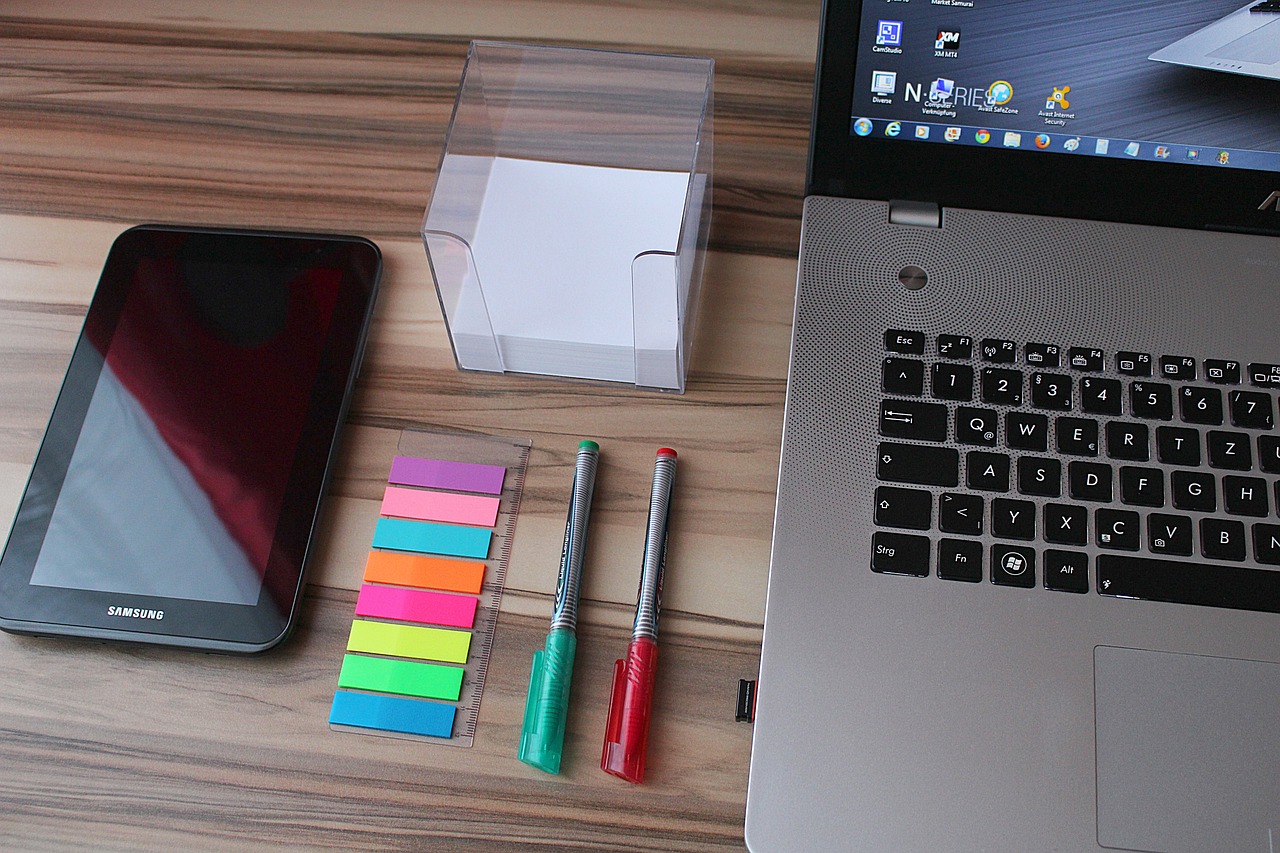
Multi-Functional Furniture
When it comes to maximizing your home office space, is a game changer. Imagine a small room where every piece of furniture serves a purpose beyond its primary function. This type of furniture not only saves space but also enhances the overall functionality of your workspace. For instance, consider a desk that doubles as a bookshelf or a coffee table that opens up to reveal hidden storage. These clever designs can help you keep your office organized without sacrificing style.
One of the most appealing aspects of multi-functional furniture is its versatility. You can effortlessly transform your workspace from a focused area for tasks to a relaxing zone for brainstorming or meetings. A foldable desk is perfect for those days when you need extra room for projects, while a chair that converts into a guest bed can accommodate visitors without cluttering your space. It’s like having a Swiss Army knife for your home office!
Additionally, investing in multi-functional pieces can lead to significant cost savings. Instead of purchasing multiple items to fulfill different roles, you can opt for one or two well-designed pieces that do it all. For example, a stylish ottoman with storage can serve as seating, a footrest, and a place to stash away office supplies. This not only keeps your office tidy but also makes it easier to find what you need when you need it.
Here are some popular types of multi-functional furniture to consider for your home office:
- Convertible Desks: Desks that can be adjusted for standing or sitting positions.
- Storage Ottomans: Provide seating while offering a hidden compartment for supplies.
- Wall-Mounted Desks: Fold away when not in use, saving valuable floor space.
- Bookshelf Desks: Combine a desk and shelving unit, making use of vertical space.
Incorporating these types of furniture can create a dynamic and adaptable workspace that grows with your needs. As you consider your options, think about how each piece can enhance your productivity while maintaining a comfortable atmosphere. Remember, the goal is to create a space that not only looks good but also works hard for you!
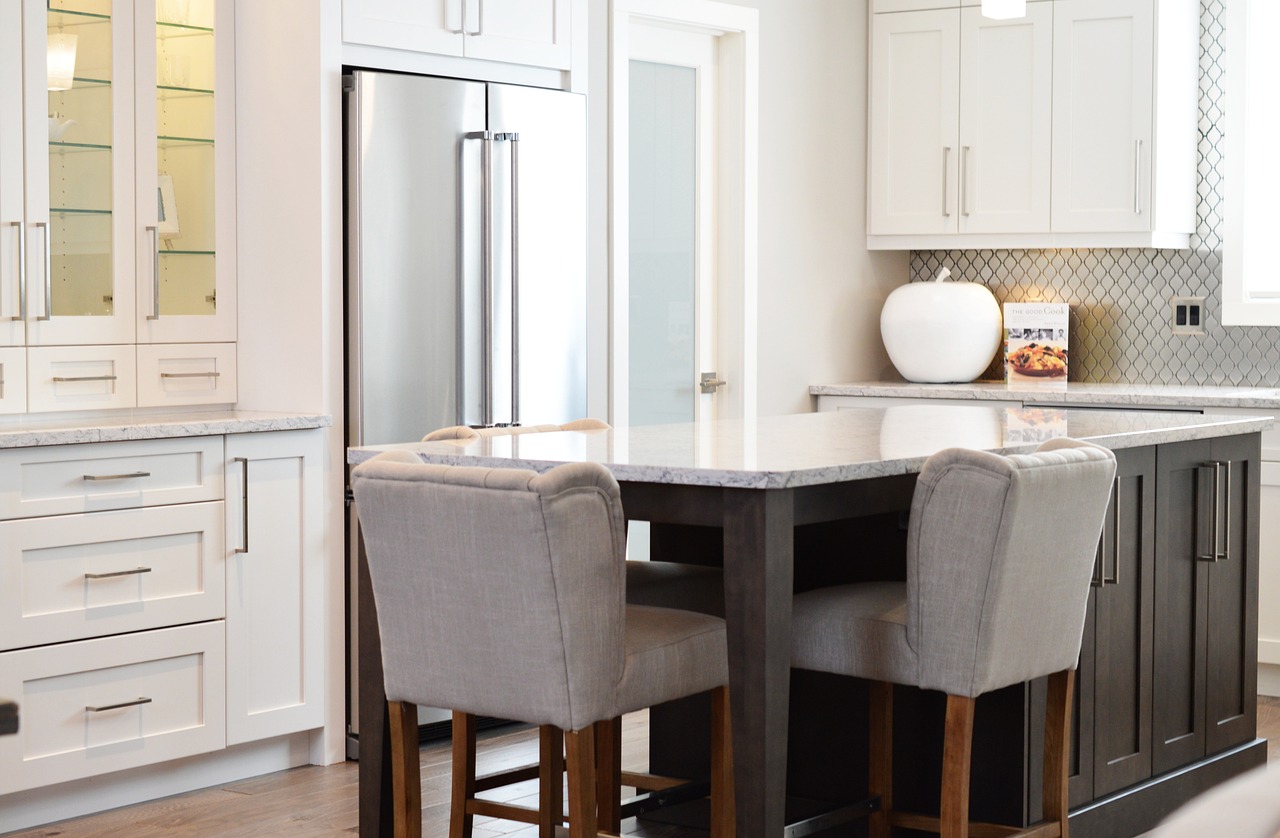
Personalizing Your Workspace
When it comes to creating a home office that truly reflects *who you are*, personalization is key. Think of your workspace as a canvas where you can express your creativity and motivation. It's not just about functionality; it's about making a space that inspires you every day. So, how do you go about personalizing your workspace? Here are some ideas to get you started!
First off, consider incorporating your favorite colors. Whether it's a vibrant blue that sparks creativity or a calming green that promotes focus, the colors you choose can significantly impact your mood. You can paint an accent wall, add colorful office supplies, or even use art prints that resonate with you. For example, a bright piece of artwork can become a focal point that draws your eyes and invigorates your spirit.
Another fantastic way to personalize your office is through decor items that tell your story. Think about displaying photographs of loved ones, travel souvenirs, or even awards and achievements that remind you of your goals. These items create a sense of belonging and can serve as daily motivation. You might even consider creating a vision board that showcases your aspirations—this can be an incredible source of inspiration during those long workdays.
Don't forget about functional decor. Items like stylish organizers, unique desk accessories, or even a chic lamp can add character to your workspace while serving a purpose. For instance, a quirky pen holder can not only keep your desk tidy but also spark joy every time you reach for it. Plus, it’s all about making your workspace feel like *your* space, right?
Lastly, consider the power of lighting. Natural light is ideal, but if that's not an option, you can use warm-toned lamps to create a cozy atmosphere. A well-placed lamp can transform the vibe of your office, making it feel inviting rather than sterile. You might also want to add some string lights for a whimsical touch—who says workspaces can’t be fun?
In summary, personalizing your workspace is all about infusing your personality into the environment. From colors and decor items to functional accessories and lighting, every element plays a role in creating a space that not only looks good but also feels good. So, take the plunge and make your home office a true reflection of you!
- How can I make my home office more comfortable?
Invest in ergonomic furniture, add personal touches, and ensure proper lighting and ventilation. - What are some budget-friendly decor ideas?
Consider DIY projects, thrift store finds, or creating a gallery wall with personal photos and art. - How do colors affect productivity?
Colors can evoke different emotions; for instance, blue promotes calmness, while yellow can inspire creativity.
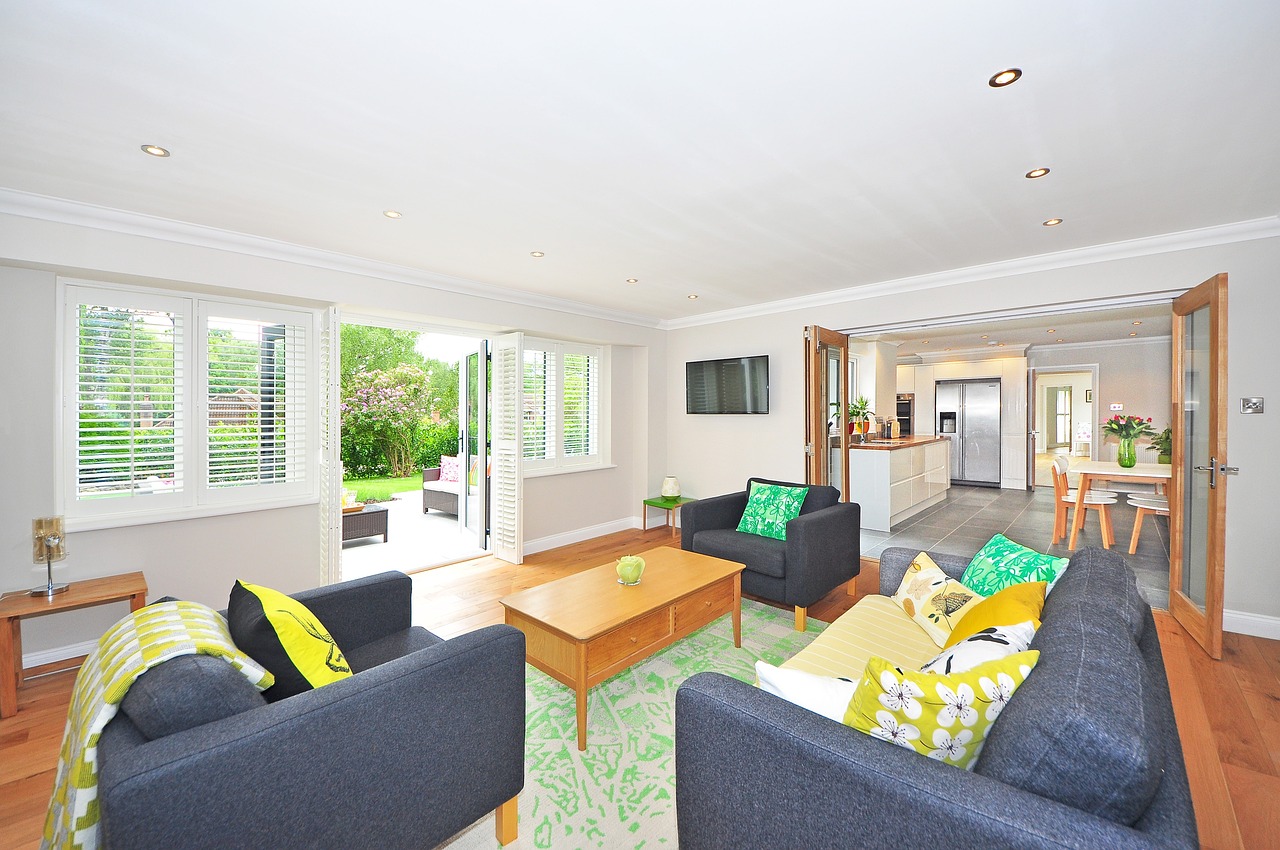
Incorporating Natural Elements
In today's fast-paced world, it's easy to forget the healing power of nature, especially in our workspaces. By into your home office, you can create a serene and inspiring environment that not only boosts your mood but also enhances your productivity. Imagine a workspace filled with vibrant greenery, natural light pouring in, and a sense of tranquility that makes you want to dive into your tasks. Sounds appealing, right? Well, let's explore how you can bring a slice of nature into your home office.
First things first, let's talk about plants. Not only do they add a splash of color, but they also purify the air and can even reduce stress levels. Some excellent choices for indoor plants include:
- Spider Plant: Easy to care for and great for air purification.
- Pothos: Hardy and thrives in low light, perfect for beginners.
- Snake Plant: Known for its ability to survive in almost any condition.
These plants not only beautify your space but also work hard to keep the air fresh, making it easier for you to concentrate. Consider placing them near your desk or on shelves where they can be easily seen. You might even find that taking a moment to water them or simply admire their beauty can serve as a refreshing break from your work.
Next, let's discuss the importance of natural light. Studies have shown that exposure to natural light can significantly improve your mood and productivity. If possible, position your desk near a window to take full advantage of the sunlight. If your office lacks windows, consider using full-spectrum light bulbs that mimic natural light. This simple change can make a world of difference in how energized you feel throughout the day.
Another way to incorporate natural elements is through the use of natural materials in your decor. Think wooden desks, bamboo organizers, or even stone accents. These materials not only add a rustic charm to your office but also create a warm and inviting atmosphere. You could even consider a nature-inspired color palette—think earthy tones like greens, browns, and soft blues—to further emphasize the natural theme.
Lastly, don't forget about the power of fresh air. A well-ventilated room can work wonders for your concentration and overall well-being. If you can, open a window to let in some fresh air while you work. Alternatively, consider investing in an air purifier to help keep the air clean and invigorating. A breath of fresh air can often be just what you need to clear your mind and refocus your energy.
In summary, incorporating natural elements into your home office is more than just an aesthetic choice; it's a way to create a workspace that nurtures your well-being and boosts your productivity. By adding plants, maximizing natural light, using natural materials, and ensuring good ventilation, you can transform your office into a haven of creativity and inspiration.
Q: What are the best plants for a home office?
A: Some of the best plants for a home office include Spider Plants, Pothos, and Snake Plants, as they are easy to care for and help purify the air.
Q: How can I maximize natural light in my home office?
A: Position your desk near a window and use full-spectrum light bulbs if natural light is limited.
Q: What natural materials should I consider for my office decor?
A: Consider using wooden furniture, bamboo organizers, or stone accents to create a warm and inviting atmosphere.
Q: How can I improve air quality in my home office?
A: Incorporate indoor plants, open windows for fresh air, and consider using an air purifier to enhance air quality.

Choosing the Right Plants
When it comes to creating a vibrant and productive home office, the right plants can make all the difference. Not only do they add a touch of nature, but they also improve air quality and boost your mood. So, how do you choose the right plants for your workspace? It’s all about understanding your environment and the specific needs of different plants.
First, consider the amount of natural light your office receives. Some plants thrive in bright, indirect light, while others can survive in low-light conditions. For instance, if your office is bathed in sunlight, you might want to opt for succulents or snake plants, both of which love the sun and require minimal care. On the other hand, if your space is a bit darker, pothos and ZZ plants are excellent choices that can adapt well to lower light levels.
Next, think about your maintenance preferences. Are you someone who remembers to water plants regularly, or do you tend to forget? If you’re on the forgetful side, consider low-maintenance options like cacti or air plants. These hardy varieties can withstand neglect and still thrive, allowing you to enjoy the benefits of greenery without the stress of constant upkeep.
Additionally, incorporating plants that have air-purifying qualities can significantly enhance your office environment. According to NASA’s Clean Air Study, certain plants can filter out toxins and improve indoor air quality. Here’s a quick look at some of the best air-purifying plants you can consider:
| Plant Name | Benefits |
|---|---|
| Spider Plant | Removes formaldehyde and xylene from the air. |
| Peace Lily | Helps reduce mold spores and improves humidity. |
| Boston Fern | Excellent for removing formaldehyde and other toxins. |
| Aloe Vera | Purifies air and has healing properties. |
Finally, don’t forget to consider your personal style when selecting plants. The right plant can serve as a beautiful decorative element that reflects your personality. Whether you prefer a minimalist aesthetic with a single large plant or a more eclectic vibe with a variety of smaller plants, the options are endless. You could even create a plant corner with cascading vines or a colorful display of flowering plants to add a pop of color to your workspace.
In conclusion, choosing the right plants for your home office involves considering light conditions, maintenance levels, air-purifying properties, and personal style. By thoughtfully selecting plants that suit your environment and lifestyle, you can create a workspace that not only looks great but also enhances your productivity and well-being.
- What are the best plants for low-light offices?
Some great options include pothos, ZZ plants, and snake plants, which can thrive in low-light conditions.
- How often should I water my office plants?
It depends on the type of plant. Generally, it's best to check the soil moisture; if it feels dry, it's time to water.
- Can plants really improve productivity?
Absolutely! Studies have shown that having plants in your workspace can reduce stress and increase focus, leading to higher productivity.
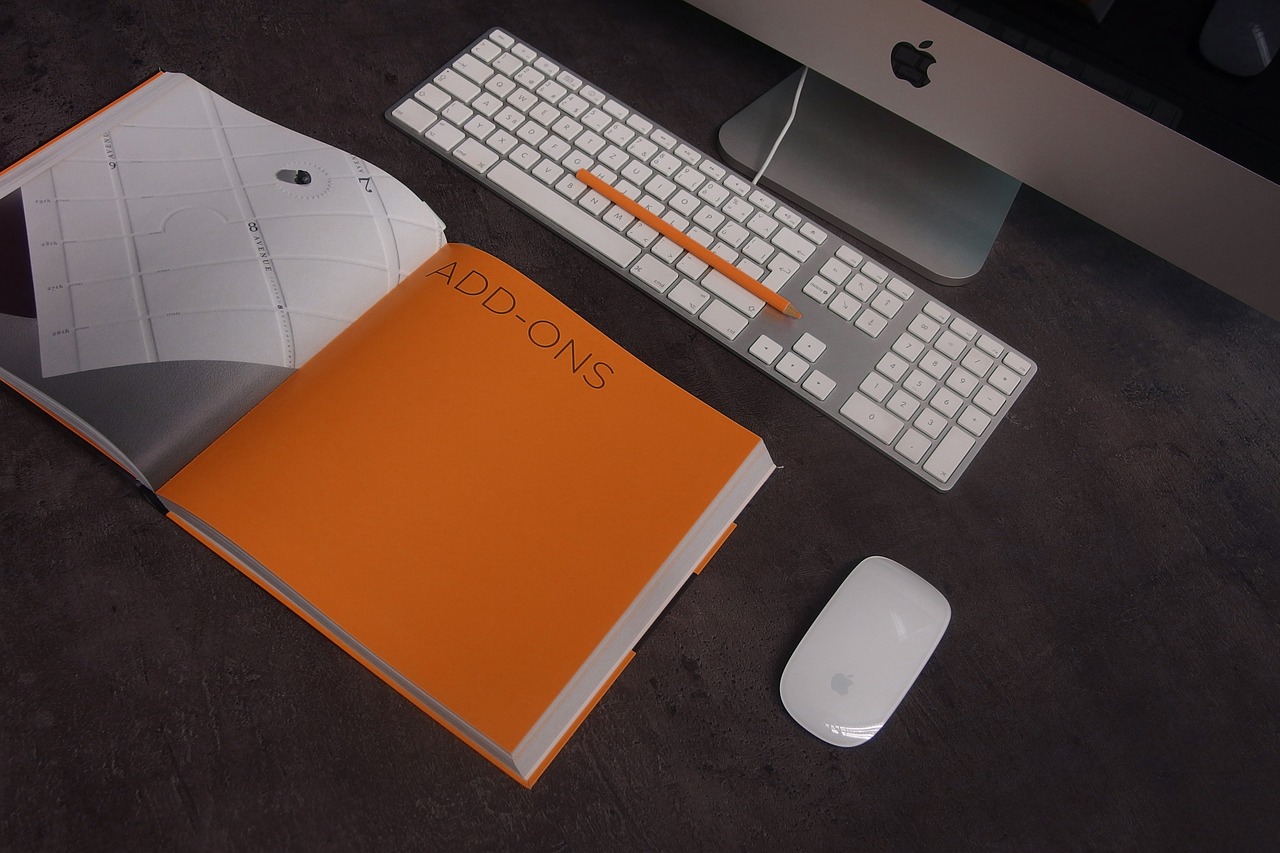
Natural Light and Ventilation
When it comes to creating a home office that not only looks great but also boosts your productivity, are two elements you simply cannot overlook. Imagine starting your workday in a sunlit room, where the warm rays of light dance across your desk, instantly lifting your mood and energizing your spirit. Sounds dreamy, right? Well, it’s entirely possible with a few thoughtful adjustments to your workspace.
Natural light does wonders for your mental well-being. Research shows that exposure to sunlight can enhance your mood, improve your focus, and even increase your energy levels. So, how can you maximize this precious resource? First, consider the layout of your office. Position your desk near a window whenever possible. This way, you can soak in the sunlight while you work. Not only does this create a more inviting atmosphere, but it also reduces the need for artificial lighting, which can be harsh and draining.
Now, let’s talk about ventilation. A stuffy office can quickly turn into a productivity killer. Fresh air is essential for maintaining focus and keeping your mind sharp. If your office has windows, open them regularly to let in a breeze. If not, consider investing in an air purifier or a small fan to circulate air. You might even want to incorporate a few natural elements like plants, which can help improve air quality and create a calming environment.
To give you a clearer picture, here’s a simple table that outlines the benefits of natural light and ventilation:
| Element | Benefits |
|---|---|
| Natural Light |
|
| Ventilation |
|
Incorporating these elements into your home office doesn’t have to be a daunting task. Start by assessing your current setup. If your desk is positioned away from windows, consider rearranging your space. You might be surprised by how much a little sunlight can change your work experience. Additionally, adding sheer curtains can filter the light while still allowing it to flood your space.
Remember, the goal is to create a workspace that feels invigorating and comfortable. A well-ventilated office with ample natural light can be your secret weapon in fighting off fatigue and enhancing your creativity. So go ahead, embrace the sunshine and fresh air, and watch your productivity soar!
Q: How can I maximize natural light in a small office?
A: Use light-colored walls and furniture to reflect light, and keep window areas clear of obstructions. Consider mirrors to amplify the light that enters the room.
Q: What types of plants are best for improving air quality?
A: Some excellent options include Spider Plants, Snake Plants, and Peace Lilies, as they are known for their air-purifying properties.
Q: Can I use artificial lighting to supplement natural light?
A: Absolutely! Use warm, soft lighting that mimics natural light to create a cozy and inviting environment, especially during the evening.
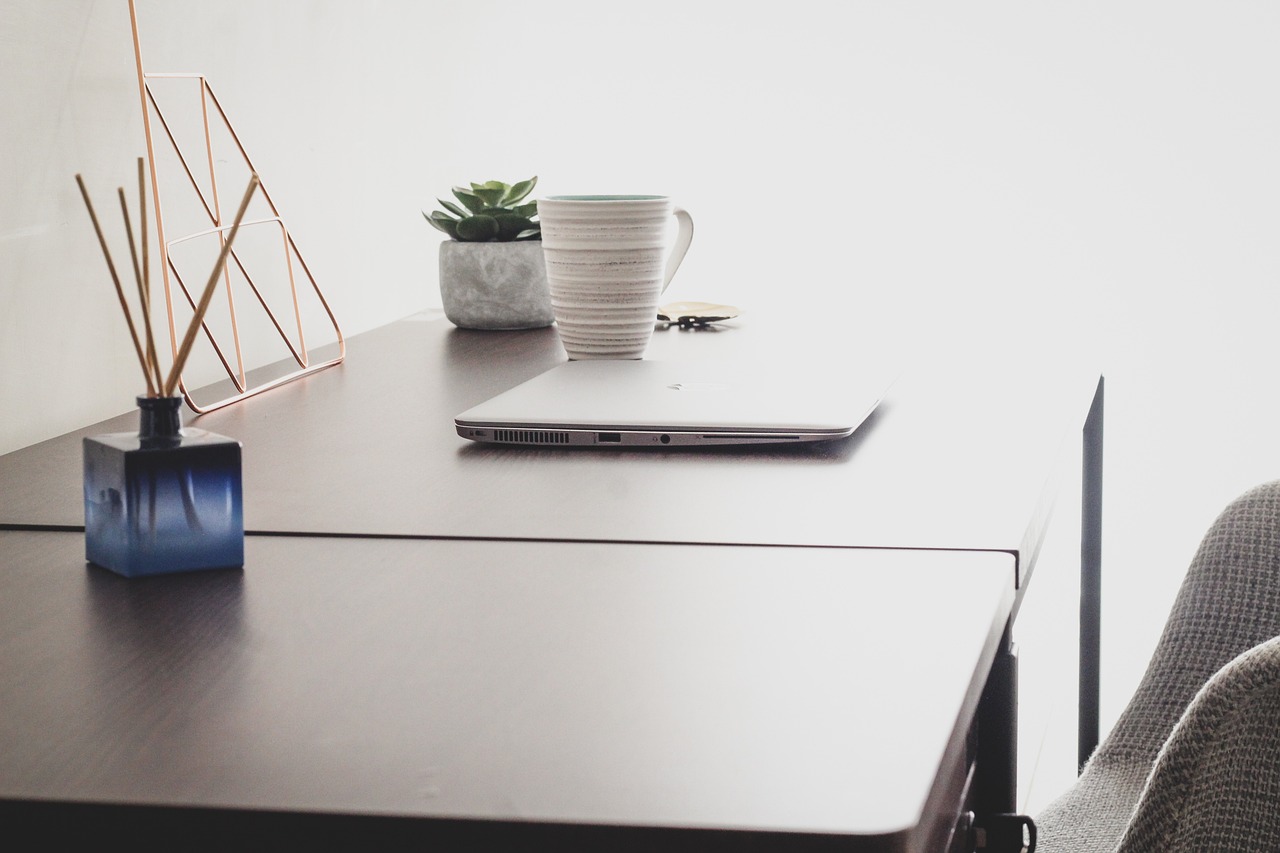
Organizational Tools and Tips
Keeping your workspace organized is essential for maintaining focus and enhancing productivity. A cluttered desk can lead to a cluttered mind, making it difficult to concentrate on the tasks at hand. To combat this, consider incorporating a variety of organizational tools and strategies that will not only declutter your space but also streamline your workflow. One of the simplest yet most effective tools is a good quality desk organizer. This can help you manage everything from pens to sticky notes, ensuring that your essentials are always within reach.
Another great way to stay organized is to utilize digital tools. Applications like Trello, Asana, or even a simple Google Calendar can help you keep track of tasks, deadlines, and appointments. By digitizing your to-do lists, you can avoid the chaos of paper clutter and access your tasks from anywhere. Plus, many of these tools allow for collaboration, making it easier to work with colleagues, even if you're miles apart.
When it comes to physical organization, storage solutions play a crucial role, especially in small spaces. Here are some ideas to consider:
- Wall-mounted shelves: These can free up valuable desk space while providing a stylish way to display books, plants, or decorative items.
- Under-desk storage: Utilize the space under your desk with rolling carts or drawers that can hold office supplies without taking up too much room.
- File organizers: Keep your documents sorted with vertical file holders or magazine racks, making it easy to find what you need without sifting through piles of paper.
Additionally, implementing a clean desk policy can be a game-changer. At the end of each workday, take a few minutes to tidy up your space. Put away any items that are not essential for your work, and ensure that your desk is clear. This simple habit can significantly boost your productivity the following day, allowing you to start fresh without the distractions of yesterday’s clutter.
Lastly, consider the power of labels. Labeling boxes, folders, and even your digital files can save you time and frustration when searching for specific items. A well-organized system, both physically and digitally, can make all the difference in your productivity levels.
Q: How can I maintain organization in my home office?
A: Regularly declutter your space, utilize storage solutions, and implement a clean desk policy at the end of each day. Digital tools can also help keep your tasks organized.
Q: What are some effective digital tools for organization?
A: Tools like Trello, Asana, and Google Calendar are excellent for managing tasks and deadlines. They allow for easy access and collaboration, making your workflow smoother.
Q: How do I choose the right storage solutions for my space?
A: Consider the size of your office and the items you need to store. Wall-mounted shelves, under-desk storage, and file organizers can maximize your space efficiently.
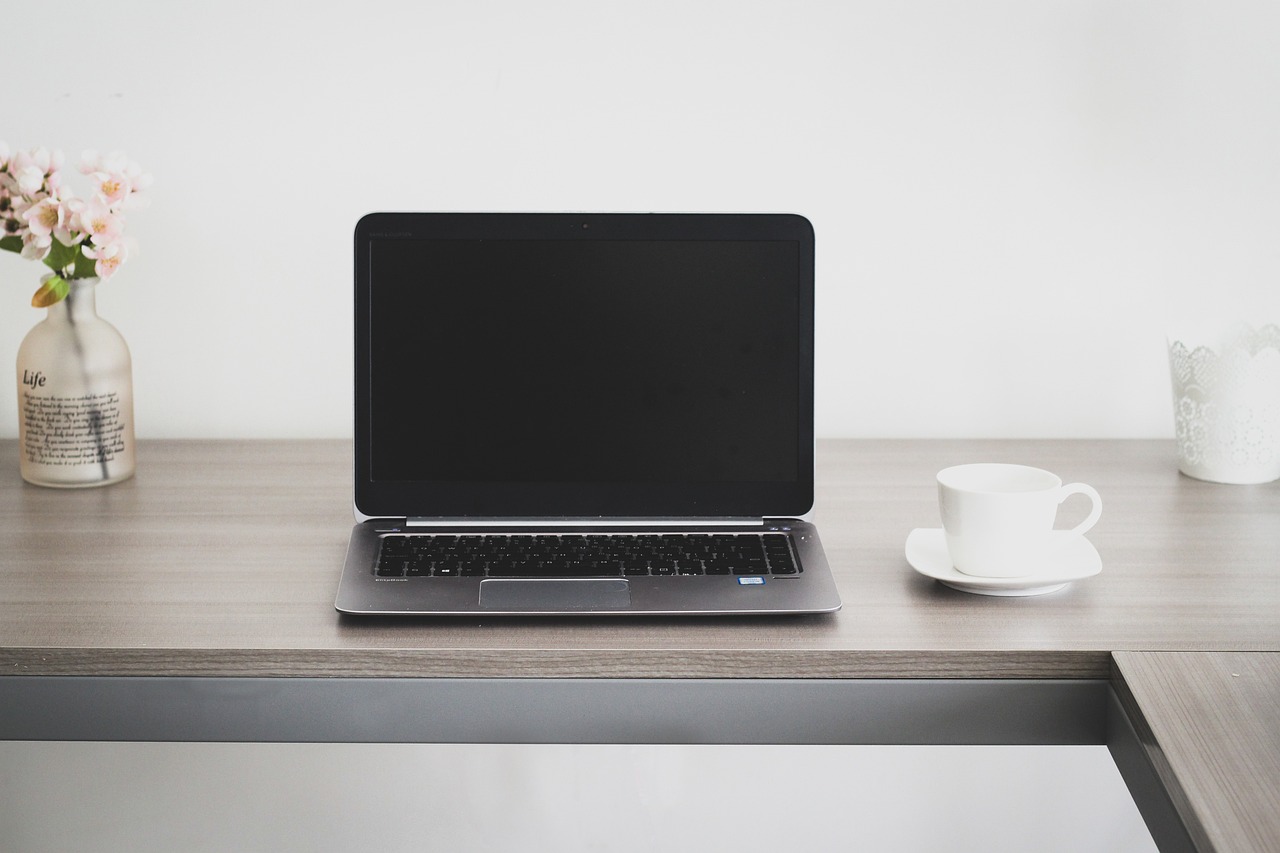
Storage Solutions for Small Spaces
Working from home can be a double-edged sword. While you enjoy the comfort of your own space, the challenge of limited room often looms large. But don't worry! With a sprinkle of creativity and the right storage solutions, you can transform even the tiniest nook into a functional and organized home office. Imagine your workspace not just as a place to work, but as a sanctuary that inspires productivity. So, how do you achieve this?
First off, consider vertical storage options. When floor space is at a premium, look up! Wall-mounted shelves are a fantastic way to utilize vertical space. They not only keep your essentials within arm’s reach but also add a decorative touch to your office. You can use them to display books, plants, or even your favorite motivational quotes. Just picture your wall adorned with vibrant colors and personal mementos, creating an inviting atmosphere that sparks creativity!
Next, think about multi-functional furniture. A desk that doubles as a storage unit can be a game-changer. For instance, desks with built-in drawers or shelves can help you keep your work materials neatly tucked away, while still being easily accessible. Additionally, consider using a storage ottoman or a bench with hidden compartments. These pieces not only provide seating but also serve as a place to stash away items that would otherwise clutter your space.
Another clever way to maximize storage is through under-desk solutions. Utilize the space beneath your desk with rolling carts or drawers. These can hold everything from office supplies to tech gadgets, keeping your workspace tidy. You can even create a mini filing system to organize important documents. This not only helps in decluttering your desk but also ensures that everything you need is right at your fingertips.
| Storage Solution | Description | Benefits |
|---|---|---|
| Wall-Mounted Shelves | Open shelves attached to the wall for books and decor. | Maximizes vertical space; adds style. |
| Multi-Functional Desk | Desks with built-in storage options. | Combines work and storage; keeps things organized. |
| Rolling Carts | Mobile storage units for easy access. | Flexible; can be moved as needed. |
Lastly, don’t underestimate the power of organization tools. Invest in drawer organizers and file holders to keep your supplies sorted. A simple label maker can work wonders in helping you find what you need quickly. Imagine opening a drawer and seeing everything neatly arranged, each item in its designated spot. This not only saves time but also reduces stress, allowing you to focus on what truly matters—getting work done!
In conclusion, small spaces don’t have to mean sacrificing style or functionality. With these storage solutions, you can create a home office that is both efficient and inspiring. So, roll up your sleeves and start transforming your workspace today! Who knows? You might just find that the secret to boosting your productivity lies in how you organize your space. Ready to take the plunge?
- What are some quick tips for organizing a small home office? Start by decluttering your space, utilize vertical storage, and invest in multi-functional furniture.
- How can I make my small office feel larger? Use light colors, mirrors, and keep your workspace organized to create an illusion of space.
- Are there specific plants that can help in a small office? Yes! Consider low-maintenance plants like succulents or snake plants that thrive in limited light.
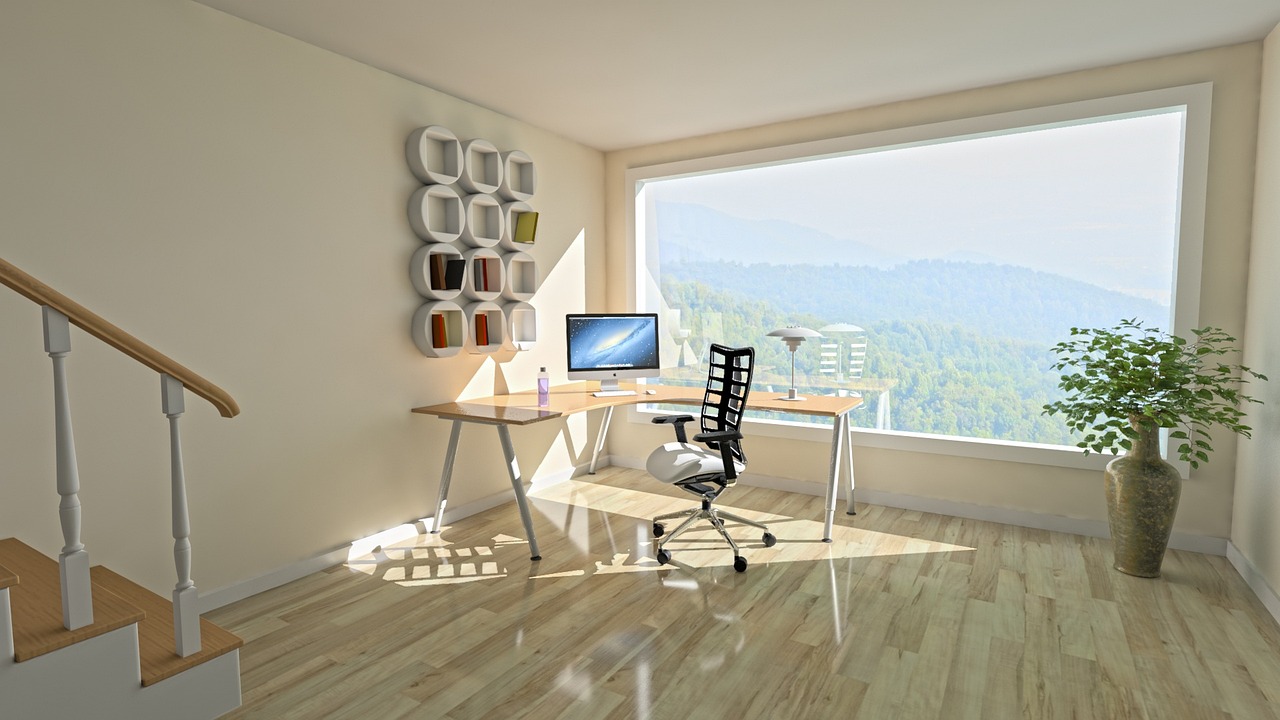
Digital Organization Strategies
In today's fast-paced world, digital organization is more essential than ever. With countless emails, documents, and projects vying for your attention, it's easy to feel overwhelmed. But fear not! By implementing effective digital organization strategies, you can streamline your workflow, enhance your productivity, and create a more efficient workspace. So, how do you get started?
First off, consider using a task management tool. These tools help you keep track of your to-do lists, deadlines, and ongoing projects in one centralized location. Popular options like Trello, Asana, and Todoist allow you to create boards or lists that can be customized to fit your needs. This way, you can visually see your tasks and prioritize them effectively. Imagine walking into your digital workspace and instantly knowing what needs to be done without sifting through countless emails or notes!
Another key component of digital organization is file management. Establish a clear and consistent naming convention for your files and folders. For instance, you might use a format like [ProjectName]_[Date]_[Version]. This not only makes it easier to locate files but also helps maintain order in your digital space. If you’re working on multiple projects, creating a folder structure that reflects your workflow can drastically reduce the time spent searching for documents. Here’s a simple table to illustrate a possible folder structure:
| Project Name | Subfolders |
|---|---|
| Project A | Research, Drafts, Final Versions, Feedback |
| Project B | Planning, Execution, Results, Reports |
| Project C | Ideas, Collaborations, Presentations |
Additionally, consider integrating cloud storage solutions like Google Drive or Dropbox. These platforms not only provide a safe space for your files but also allow for easy sharing and collaboration with team members. You can access your documents from anywhere, making it a breeze to work on the go. Plus, you can set permissions to control who can view or edit your files, ensuring that your work remains secure.
Don’t forget about digital decluttering! Just as you would physically tidy up your desk, it’s vital to maintain a clean digital workspace. Regularly review your files and delete anything that’s no longer relevant. This can involve unsubscribing from email lists that clutter your inbox or archiving old projects that you won't need in the future. A clean digital space can significantly reduce distractions and improve your focus.
Lastly, consider setting aside time each week for digital organization. Just like scheduling a meeting, block out time on your calendar to review your tasks, clean up your inbox, and reorganize your files. This routine can help you stay on top of your digital game and ensure that you’re always ready to tackle your workload efficiently.
By incorporating these digital organization strategies into your routine, you can create a more structured and productive environment that allows you to focus on what truly matters. Remember, a well-organized digital space not only enhances your efficiency but also reduces stress, allowing you to thrive in your home office!
- What are the best digital organization tools? Some popular tools include Trello, Asana, and Todoist for task management, and Google Drive or Dropbox for file storage.
- How often should I declutter my digital space? It’s recommended to set aside time weekly or monthly to review and clean up your digital files and emails.
- Can digital organization improve my productivity? Absolutely! A well-organized digital workspace reduces distractions and helps you focus on your tasks more effectively.
Frequently Asked Questions
- What color palette is best for a home office?
Choosing the right color palette can significantly influence your productivity. Soft, muted colors like blues and greens are known to promote calmness and focus, while brighter colors like yellow can stimulate creativity. Ultimately, select a scheme that resonates with your personal style and encourages a positive work vibe.
- How important is ergonomic furniture in a home office?
Ergonomic furniture is crucial for maintaining comfort during long work hours. Investing in a quality chair and desk that support proper posture can prevent strain and discomfort, allowing you to work more efficiently. Think of it as the foundation of your productivity castle!
- What types of desks work well in small spaces?
For small spaces, consider desks that are compact yet functional, such as wall-mounted desks or corner desks. These designs maximize space without sacrificing style and usability. Multi-functional desks that can double as storage solutions are also great for keeping your workspace organized.
- Are standing desks worth the investment?
Standing desks can offer numerous health benefits, such as improved posture and reduced back pain. However, it's essential to balance standing with sitting to avoid fatigue. If you're considering one, try to incorporate standing into your routine gradually to see if it fits your work style.
- How can I personalize my workspace?
Personalizing your workspace can boost your motivation and creativity. Incorporate items that reflect your personality, like framed photos, artwork, or inspirational quotes. Even small touches like colorful stationery or unique desk organizers can make your office feel more inviting and uniquely yours!
- What plants are best for indoor offices?
Some great indoor plants for offices include snake plants, pothos, and peace lilies. These plants are not only low-maintenance but also help purify the air, creating a healthier work environment. Plus, they add a refreshing touch of nature to your space!
- How can I maximize natural light in my home office?
To maximize natural light, position your desk near windows and use light-colored curtains to allow sunlight to filter through. Mirrors can also help reflect light around the room, creating a brighter atmosphere. Don't forget to keep the windows clean to let in as much light as possible!
- What are some effective organizational tools for a home office?
Consider using shelves, filing cabinets, and desk organizers to keep your workspace tidy. Digital tools like task management apps and cloud storage can also streamline your workflow. The key is to find solutions that fit your specific needs and help reduce clutter.
- How can I stay organized digitally?
Staying organized digitally involves regularly decluttering your files, using folders for easy access, and utilizing productivity tools like calendars and task lists. Schedule time each week to review and organize your digital workspace to maintain efficiency and reduce stress.



















